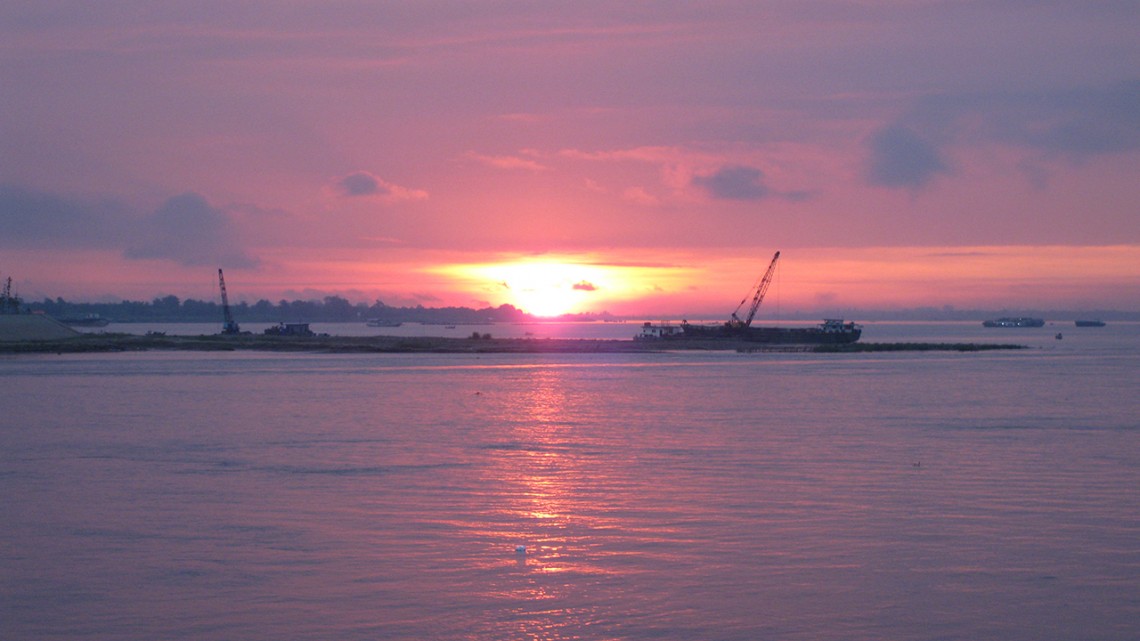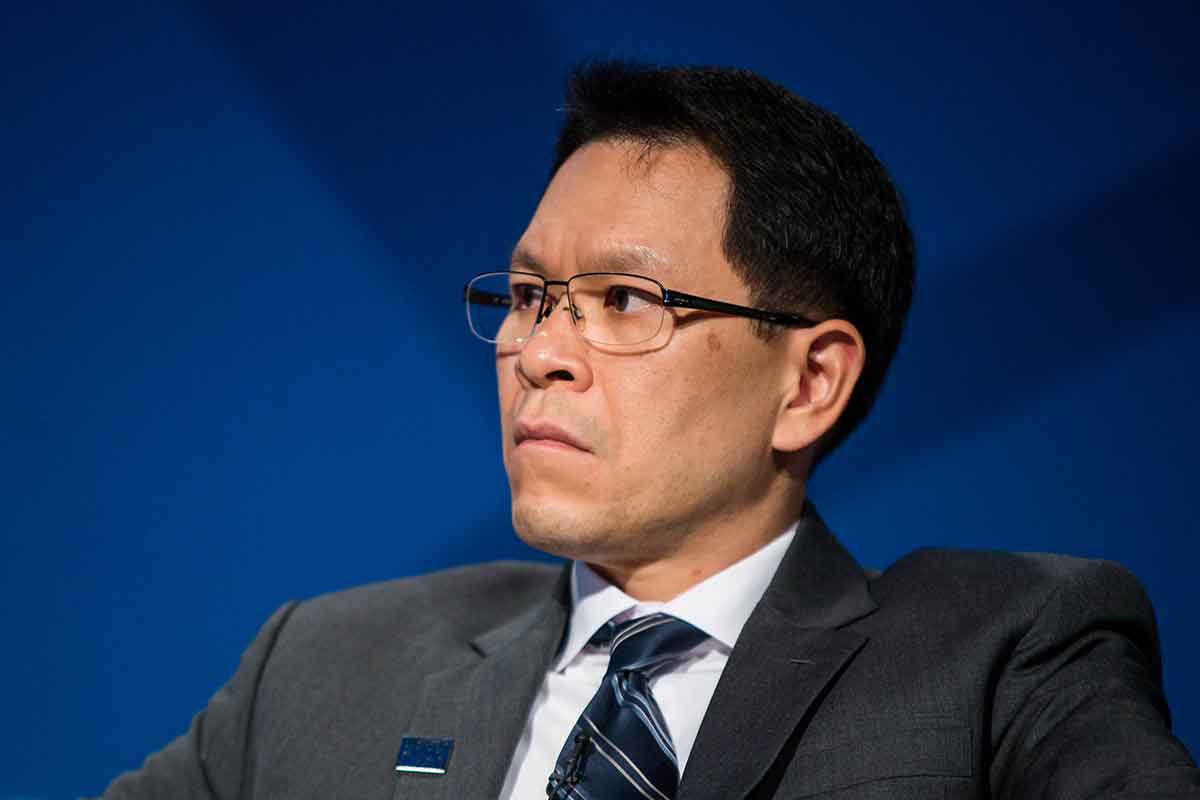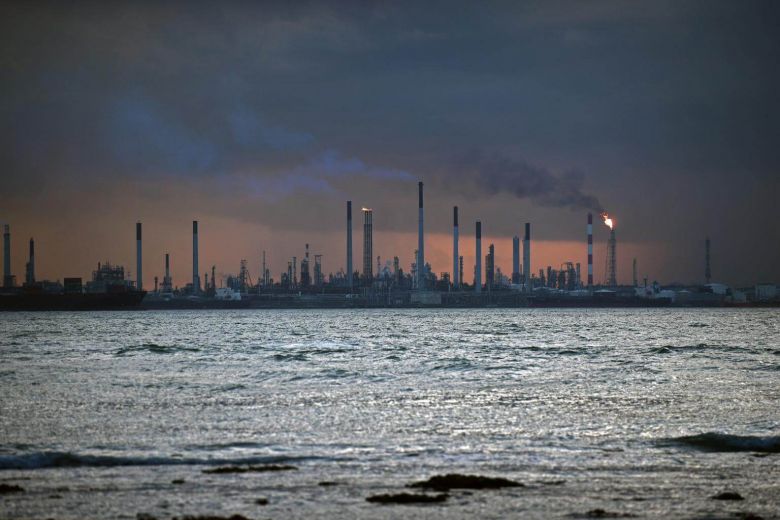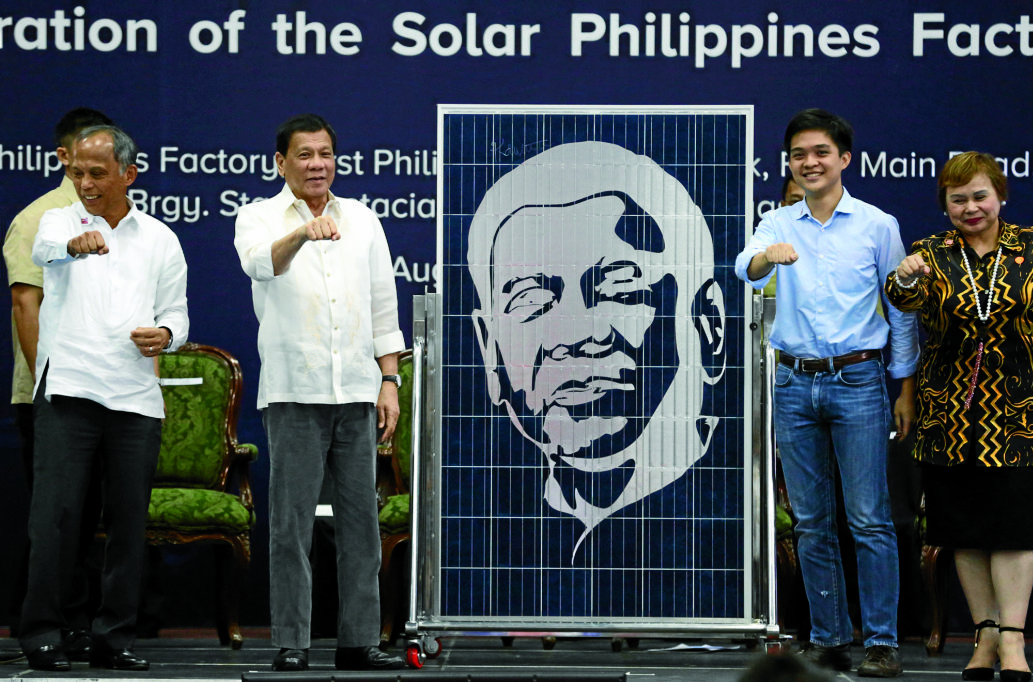- Renewables
–
- Philippines
MANILA, Philippines — Ayala Corp., the country’s oldest conglomerate, is bent on aggressively growing its renewable energy portfolio to become an even bigger RE player in the country and beyond, its president and COO Fernando Zobel de Ayala told The STAR.
In an email interview, Zobel said the company’s renewable energy investments have been growing fast.
Thus, the company would continue to invest in this sector in the country and in Asia.
“As far as new businesses are concerned, we will be very focused on aggressively developing a renewable energy portfolio both in the Philippines and in the region. This has been one of our fastest growing new businesses,” Zobel said.
The company has been reducing its coal energy capacity.
In all, AC Energy, the power generation arm of Ayala, plans to develop an additional 800 megawatts (MW) of renewable energy projects in the country within five years.
In particular, the company is looking to build a portfolio of 600 MW of solar power and 200 MW of wind energy.
These are primarily greenfield projects.
The company has also been scaling up its international energy investments. It has investment in Vietnam comprising of 1,200 MW of solar and wind; in Indonesia with 400 MW of wind and solar.
With a required investment of up to $2 billion, AC Energy hopes to have more than 5,000 MW of power generation capacity by 2025.
It has over 1,200 MW of capacity. It has sold this year some of its coal assets to Aboitiz Power Corp.
At the same time, Zobel said, Ayala Corp. will continue to grow its current portfolio of businesses — real estate, banking, telco, and water which are all dominant players in their respective industries.
“We want to make sure this continues,” he said.
The conglomerate is also focusing on financial technology or fintech.
“We also have investments in fintech which will give many more Filipinos access to reliable and efficient payment systems as well as access to loans. There is also an ongoing digital transformation taking place throughout our whole organization to find more efficient ways of interacting with our customers, streamlining our processes and identifying potential new businesses,” Zobel said.
The company is also mindful of its businesses that have strong social impact.
“We are also focusing strongly on businesses with a strong social impact such as healthcare and education. We feel these are critical areas for our country,” he said.
Ayala in recent years has formed new businesses such as AC Health and AC Education as its health and education arms, respectively.








